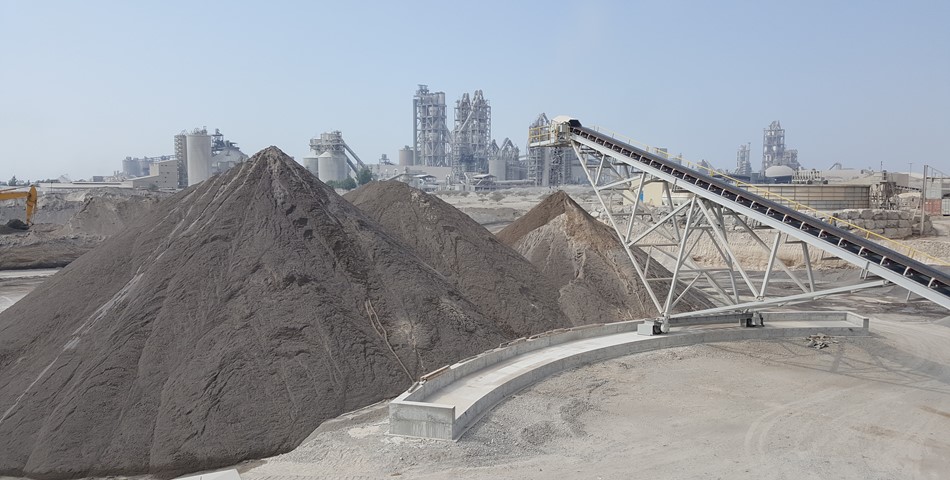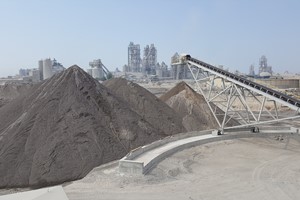Stevin Rock’s limestone quarry in the northern Al-Hajar Mountains in UAE is the third-largest in the world. Situated just two hours’ drive away from the region’s boomtown, over 60 million tons of high-quality sand-lime blocks are extracted here every year, the majority of which are processed on site. The company, which was established back in 1975, enjoys an excellent reputation in the Gulf region, especially as a supplier of high-quality sands – a raw material that is in urgent demand in Dubai for the construction of skyscrapers such as the Dubai Creek Tower, which is expected to be 1,300 meters tall, or the Burj Khalifa, as well as construction of the subway or the international airport.
However, Stevin Rock does not just simply mine the coveted material – it manufactures it in a complex, multi-stage process. Cubification put simply: Although the Gulf region is blessed with an overabundance of natural sand deposits, the structure of the sand’s particles means it is suitable for mixing low-quality concrete at most. The high-strength concretes such as those used in the construction of skyscrapers, however, require sands with cubically shaped particles – and these are not found in the region.
Two ultramodern rotor centrifugal crushers (RSMX) from BHS-Sonthofen have recently started making a crucial contribution to Stevin Rock’s sand manufacturing operation: The limestone extracted in the quarry is first brought in gradually at a size of five to ten millimeters. The two RSMX crushers with TwinDrive (a double drive) then break it down to a size of zero to five millimeters, while also turning it into the ideal cubical shape. “In other words, our rotor centrifugal crushers perform the final finishing step,” explains Hans Traut, Area Sales Manager Middle East & North Africa at BHS-Sonthofen. “They put the finishing touches on the sand and ultimately determine the quality of the product. The sand is then washed one final time and that’s it – done.”














